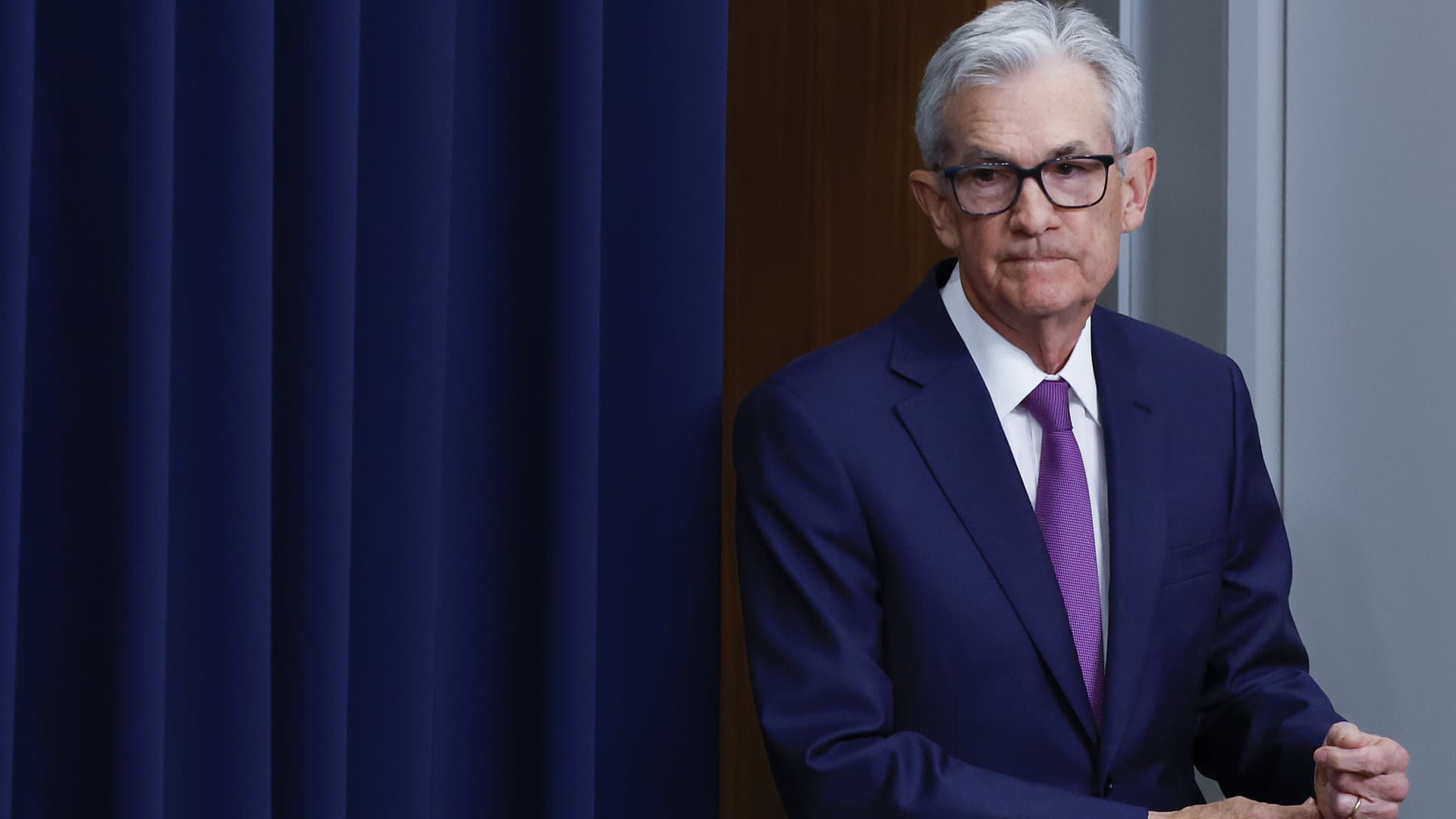Navigating the Economic Maze: Slow Growth, Elevated Inflation, and Policymaker’s Dilemma
LA News Center – 5/26/23

The U.S. economy has painted a contrasting picture, with growth decelerating while inflation remains stubbornly high. These conflicting indicators have sent a ripple of unease through the Federal Reserve, making their policy decisions all the more challenging.
Slow Growth, but Not a Disaster
The first-quarter GDP report revealed a modest growth rate of 1.6%, the slowest in almost two years. However, experts note that this slowdown can be attributed to a decline in inventory accumulation and government spending, rather than a weakness in the underlying private sector.
Economist Steven Blitz of TS Lombard highlights that “the math does not add up to a weak private sector.” Rather, the strong dollar has shifted purchases of capital equipment to foreign producers, leading to a net subtraction in GDP due to increased imports.
- GDP growth: 1.6% annualized pace
- Inventory and government spending: Contributed to slowdown
- Private sector: Remains robust
- Strong dollar: Impacted capital equipment purchases
Sticky Inflation: A Growing Concern
While the slower growth has eased some concerns, inflation remains a significant challenge for the Fed. The personal consumption expenditures (PCE) price index, the Fed’s preferred inflation gauge, rose at an annualized pace of 3.4% for all items and 3.7% excluding food and energy.
Matthew Ryan, head of market strategy at Ebury, believes the Fed will scrutinize the PCE data more closely than the GDP report. Ryan states, “The Fed will be far more concerned with seeing inflation.”
Inflation Indicators:
- Headline PCE: 3.4% annualized pace
- Core PCE (excluding food and energy): 3.7% annualized pace
Fed’s Delicate Balancing Act
The conflicting economic signals put the Fed in a difficult position. A slowing economy may suggest a case for easing monetary policy, but stubborn inflation demands a cautious approach.
Some analysts, like Citigroup’s Veronica Clark, believe the Fed will opt for rate cuts later this year to address fading growth. Clark argues that “softer growth concerns will be a key factor in Fed considerations.”
However, others, like Blitz, maintain that the Fed will hold its position for now, given the underlying strength of the economy. Blitz says, “Stand still for now, as the probability of any cuts this year continues to ebb away.”
Overall, the economic landscape presents a complex and evolving picture, requiring careful navigation by policymakers. The Fed will need to strike a balance between supporting growth and controlling inflation, while monitoring economic data and market reactions closely in the months to come.
Data sourced from: cnbc.com




















